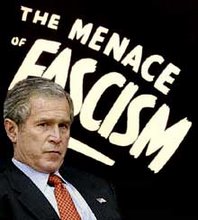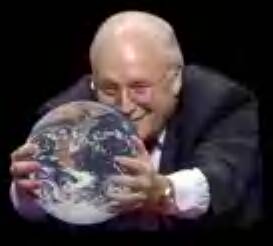Wednesday, May 30, 2007
Another Time In The American Political Twilight Zone
Of Madmen and Mice.... (Rats?)
The odd couple, Kissinger and Nixon.........
By Evan Thomas
Newsweek
May 14, 2007 issue - Richard Nixon was nearing the end. It was Aug. 7, 1974, and the president had just told congressional leaders he planned to resign. Shortly after 6 p.m., Nixon's secretary of State, Henry Kissinger, found the chief executive sitting in the Oval Office, staring into the Rose Garden. The relationship between the men was, to say the least, ambivalent. As Kissinger was well aware, Nixon suspected him of self-aggrandizement. Kissinger, for his part, told reporters (privately, of course) that Nixon was a "madman." When, a few months earlier, the president called Kissinger and his new wife, Nancy Maginnes, on their honeymoon, Nixon offered perfunctory congratulations. Then he warned Kissinger's bride not to pick up poisonous snakes—and if bitten by one, to extract the venom quickly.
And yet Kissinger was moved by Nixon's misery. Though neither man was a hugger, Kissinger put an arm around the president's shoulder. The awkward embrace is an oddly touching scene in Robert Dallek's at once damning and partly forgiving pointillist portrait, "Nixon and Kissinger." The men aimed to be the most powerful foreign-policy duo since Harry Truman and his secretary of State, Dean Acheson; Nixon and Kissinger's global achievements nearly matched their ambitions.
Given the backbiting between them, however, it's amazing they accomplished anything. Dallek's book is part history of Great Men Aiming High—and a chronicle of astonishing pettiness. It is a reminder that human beings can behave at their worst while seeking to realize the noblest aspirations, and that the line between baseness and grandeur, love and hate, is fine.
A southern California Quaker, Nixon was shy. Kissinger, a former Harvard professor tied to the East Coast elite, fostered the improbable image of statesman and swinger. But both saw themselves as outsiders, and both were insecure. They shared an immense drive, and they knew how to play on each other's weaknesses. They were cynical about the conduct of foreign policy—and each other.
CONTINUED
(In accordance with Title 17 U.S.C. Section 107, this material is distributed without profit to those who have expressed a prior interest in receiving the included information for research and educational purposes. I.U. has no affiliation whatsoever with the originator of this article nor is I.U endorsed or sponsored by the originator.)
The Nazis, Fascists and Communists were political parties before they became enemies of liberty and mass murderers.
Subscribe to:
Post Comments (Atom)




No comments:
Post a Comment